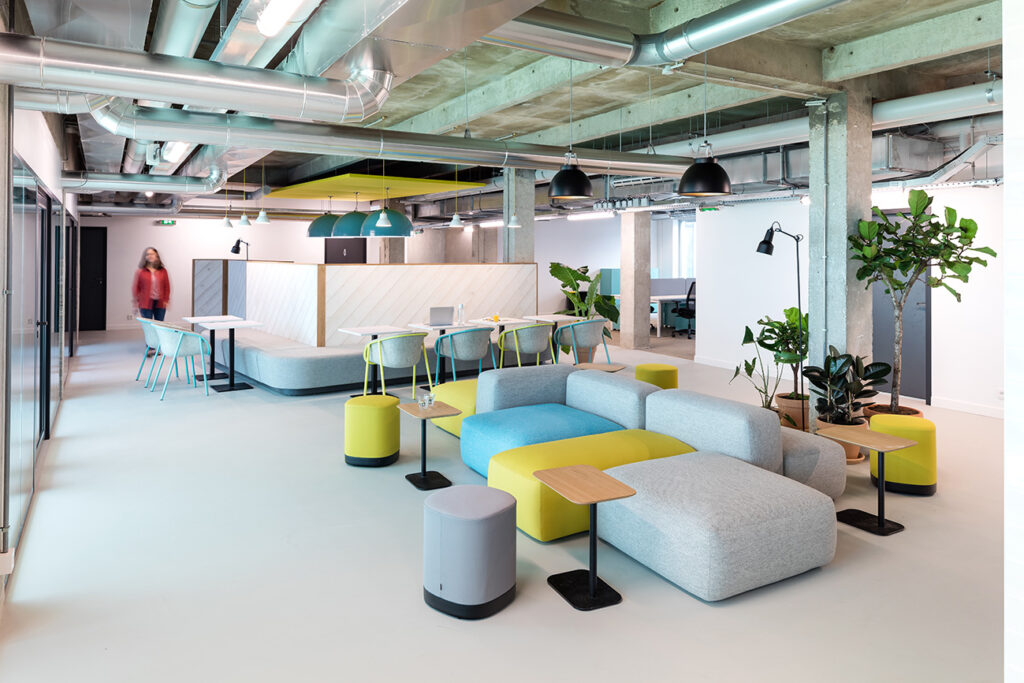Understanding Data Privacy Risks in Digital Forensic Investigations
Digital forensic investigations play a crucial role in modern law enforcement, corporate security, and cybersecurity by uncovering and analyzing digital evidence. These investigations, however, come with significant data privacy risks that can affect individuals and organizations alike. As digital forensic techniques evolve and become more sophisticated, it is essential to understand the potential privacy implications and take necessary precautions to mitigate them. One of the primary data privacy risks in digital forensic investigations is unauthorized access to sensitive information. Digital forensics often involves collecting and analyzing vast amounts of data from devices such as computers, smartphones, servers, and cloud platforms. This data may contain personal information, financial records, private communications, and other sensitive content. If not properly secured, unauthorized individuals could gain access to this information, leading to data breaches and violations of privacy laws. Another significant concern is data over-collection. In some cases, digital forensic investigators may inadvertently collect more data than necessary for the investigation. This excessive data collection can expose personal or irrelevant information unrelated to the case.
Moreover, retaining unnecessary data increases the risk of misuse or unauthorized disclosure, especially if proper data minimization and retention policies are not in place. Chain of custody and data integrity is also critical factors in maintaining data privacy. If the digital evidence is mishandled or tampered with during the investigation, it could compromise its authenticity and accuracy. This not only jeopardizes the integrity of the investigation but also poses privacy risks, as tampered data might be exposed or misused. Proper documentation and secure handling procedures are essential to maintain the integrity and privacy of digital evidence throughout the investigative process. Data sharing and collaboration during digital forensic investigations present another privacy challenge. Investigators often need to share findings with law enforcement agencies, legal professionals, and other stakeholders. Without secure communication channels and robust access control mechanisms, there is a risk that sensitive information may be exposed to unauthorized parties.
Safeguarding Your Data is conducted through encrypted and secure methods is vital to protecting privacy. Furthermore, legal and regulatory compliance is a critical aspect of data privacy in digital forensic investigations. Different jurisdictions have varying data protection laws that govern how personal data should be handled, processed, and stored. Non-compliance can lead to legal liabilities, fines, and reputational damage. Therefore, forensic professionals must be well-versed in relevant regulations and adhere to best practices to minimize privacy risks. To mitigate data privacy risks in digital forensic investigations, organizations should implement robust data protection policies and conduct thorough risk assessments before initiating investigations. Utilizing encryption, secure storage, and controlled access to forensic data are fundamental practices. Additionally, providing training for forensic experts on data privacy and ethical handling of digital evidence ensures that investigations are conducted responsibly and in compliance with applicable laws. By prioritizing data privacy, digital forensic investigations can achieve their objectives without compromising the rights and privacy of individuals.


